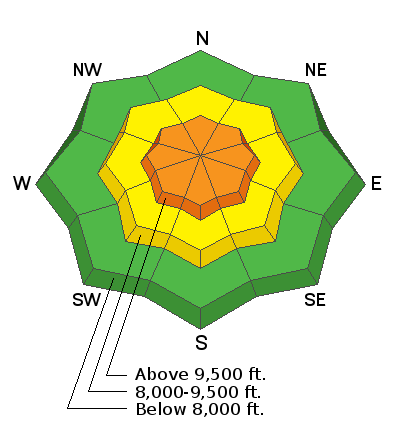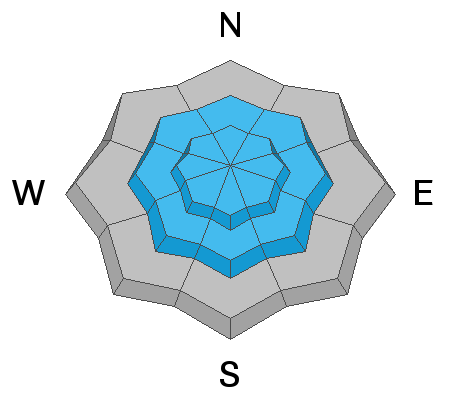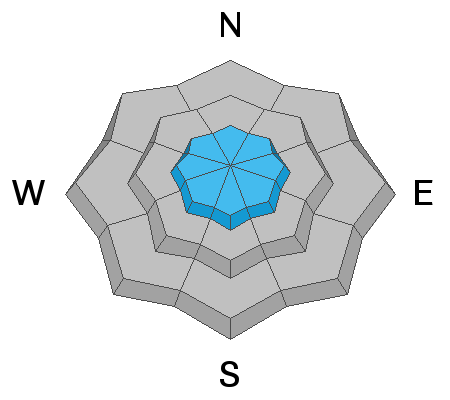Forecast for the Salt Lake Area Mountains

Issued by Trent Meisenheimer on
Saturday morning, January 18, 2020
Saturday morning, January 18, 2020
The avalanche danger is CONSIDERABLE on all upper elevation steep slopes for Wind Drifted Snow avalanches. At the upper elevations, some avalanches may step down into older weaker layers that have been dormant for some time. Lose the wind and lose the problem. Seek slopes that are sheltered from the wind.
Mid elevation steep wind loaded terrain has a MODERATE avalanche danger for Wind Drifted Snow avalanches.
At the lower elevations, the hazard is LOW where there is less wind-loading and storm snow.
At the lower elevations, the hazard is LOW where there is less wind-loading and storm snow.
HEADS UP: If you're heading to Uinta mountains the avalanche danger is HIGH. If you're heading to the Logan zone the avalanche danger is CONSIDERABLE. Both areas have a very different snowpack and I would encourage you to read the forecast specific to those areas.

Low
Moderate
Considerable
High
Extreme
Learn how to read the forecast here








